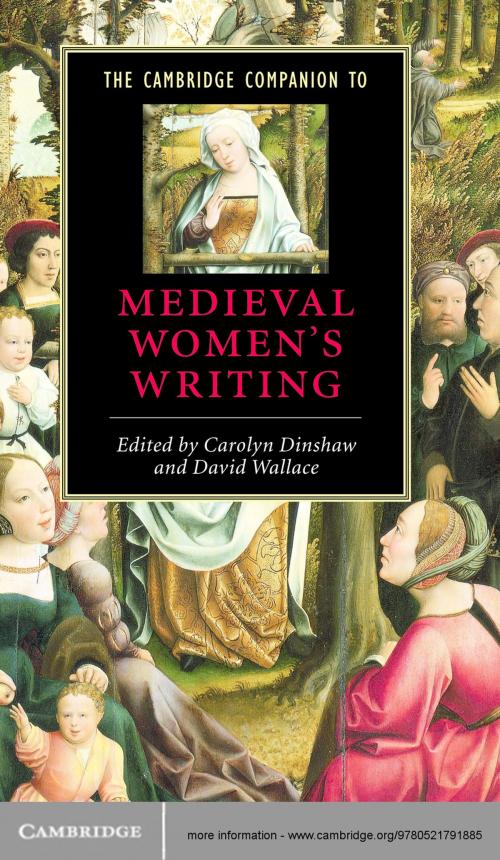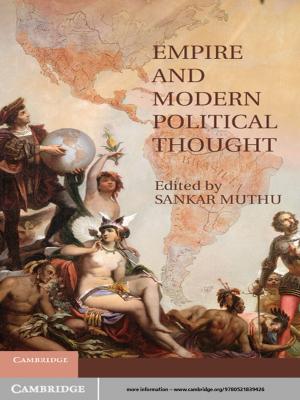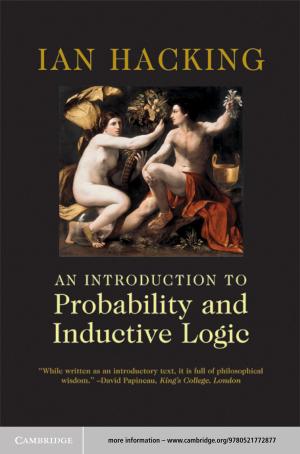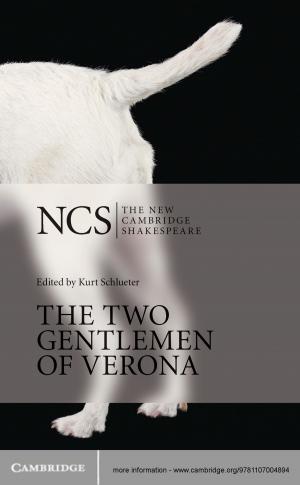The Cambridge Companion to Medieval Women's Writing
Fiction & Literature, Literary Theory & Criticism, Women Authors| Author: | ISBN: | 9781139816427 | |
| Publisher: | Cambridge University Press | Publication: | May 22, 2003 |
| Imprint: | Cambridge University Press | Language: | English |
| Author: | |
| ISBN: | 9781139816427 |
| Publisher: | Cambridge University Press |
| Publication: | May 22, 2003 |
| Imprint: | Cambridge University Press |
| Language: | English |
The Cambridge Companion to Medieval Women's Writing seeks to recover the lives and particular experiences of medieval women by concentrating on various kinds of texts: the texts they wrote themselves as well as texts that attempted to shape, limit, or expand their lives. The first section investigates the roles traditionally assigned to medieval women (as virgins, widows, and wives); it also considers female childhood and relations between women. The second section explores social spaces, including textuality itself: for every surviving medieval manuscript bespeaks collaborative effort. It considers women as authors, as anchoresses 'dead to the world', and as preachers and teachers in the world staking claims to authority without entering a pulpit. The final section considers the lives and writings of remarkable women, including Marie de France, Heloise, Joan of Arc, Julian of Norwich, Margery Kempe, and female lyricists and romancers whose names are lost, but whose texts survive.
The Cambridge Companion to Medieval Women's Writing seeks to recover the lives and particular experiences of medieval women by concentrating on various kinds of texts: the texts they wrote themselves as well as texts that attempted to shape, limit, or expand their lives. The first section investigates the roles traditionally assigned to medieval women (as virgins, widows, and wives); it also considers female childhood and relations between women. The second section explores social spaces, including textuality itself: for every surviving medieval manuscript bespeaks collaborative effort. It considers women as authors, as anchoresses 'dead to the world', and as preachers and teachers in the world staking claims to authority without entering a pulpit. The final section considers the lives and writings of remarkable women, including Marie de France, Heloise, Joan of Arc, Julian of Norwich, Margery Kempe, and female lyricists and romancers whose names are lost, but whose texts survive.















